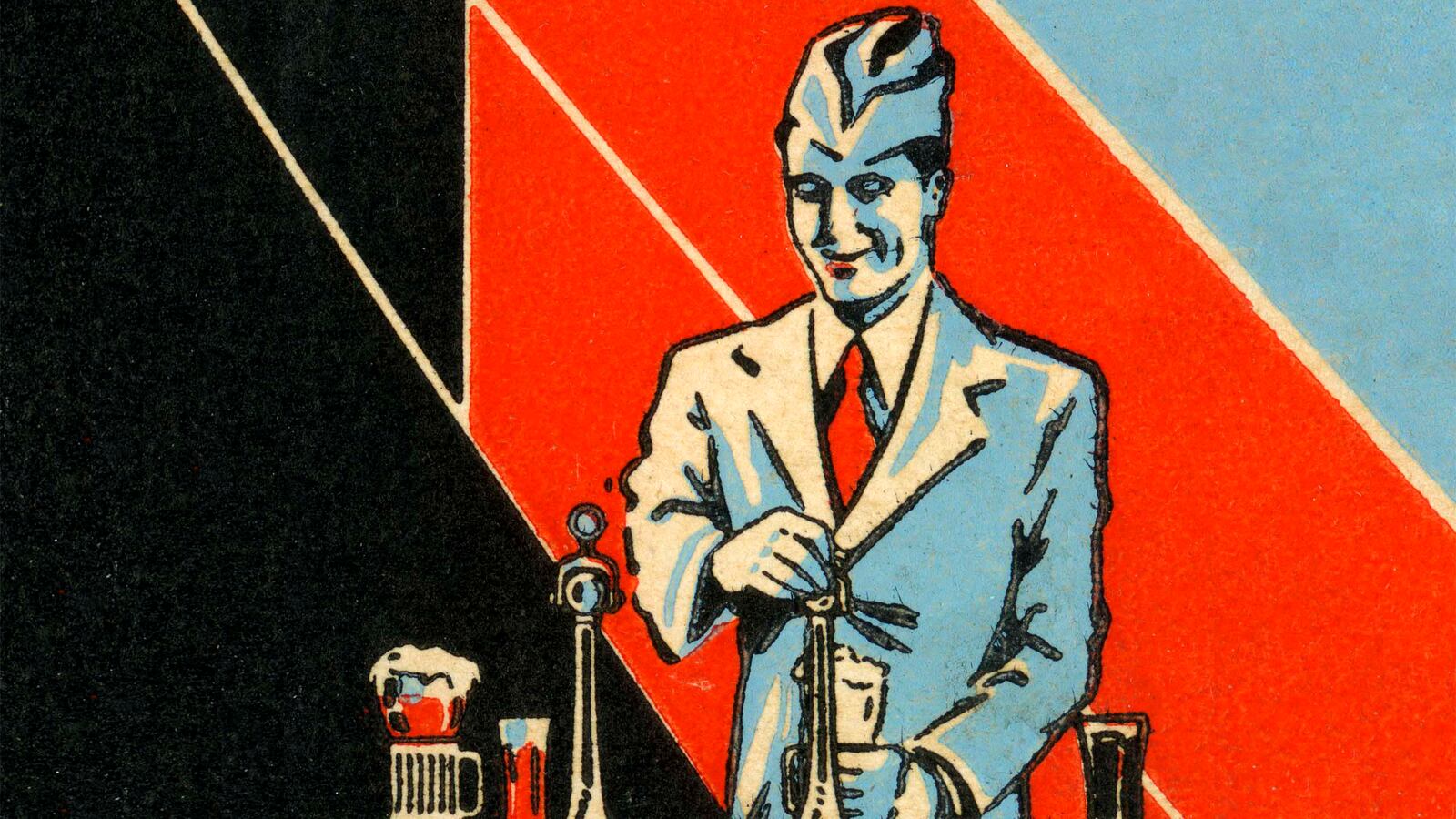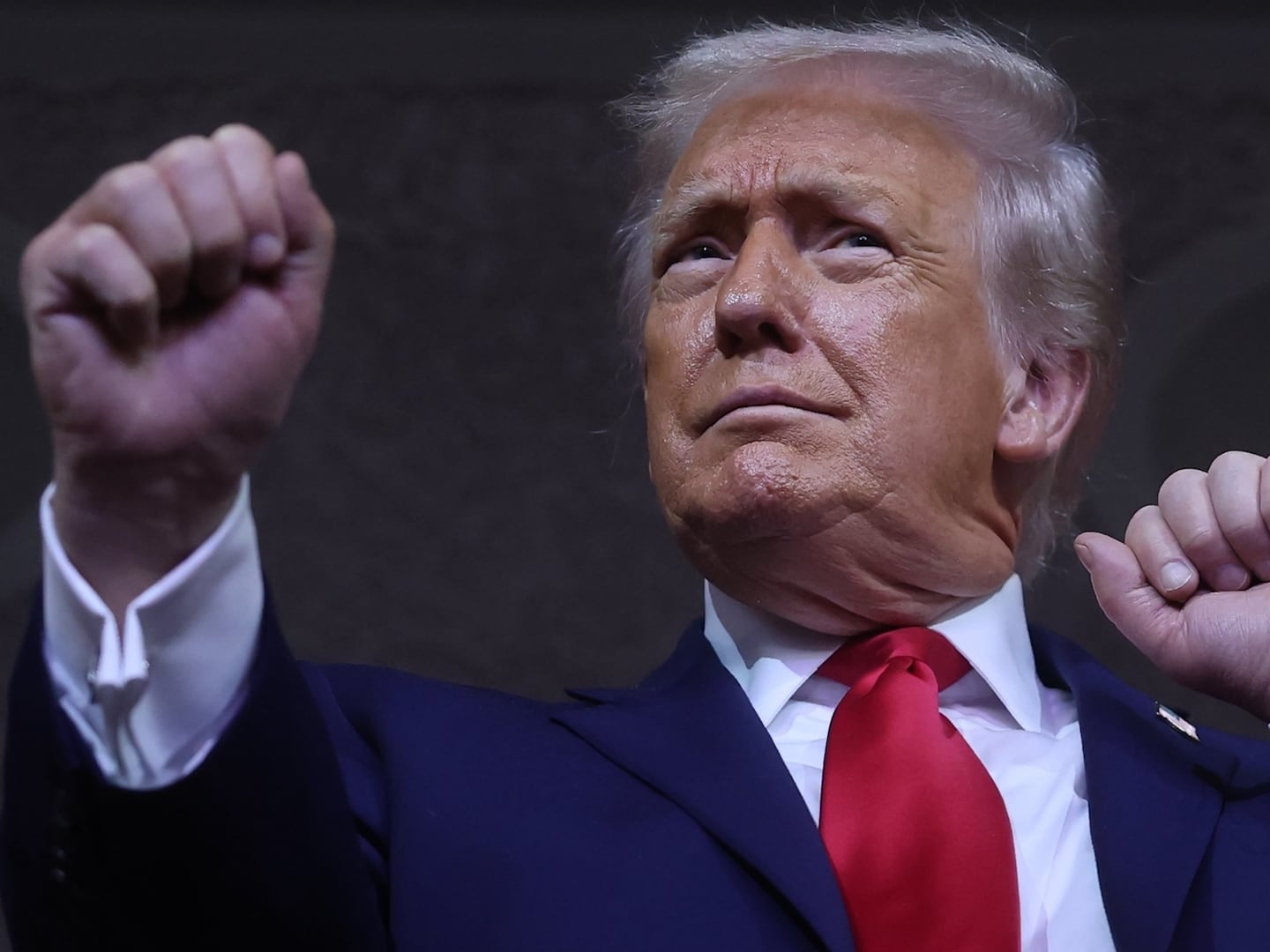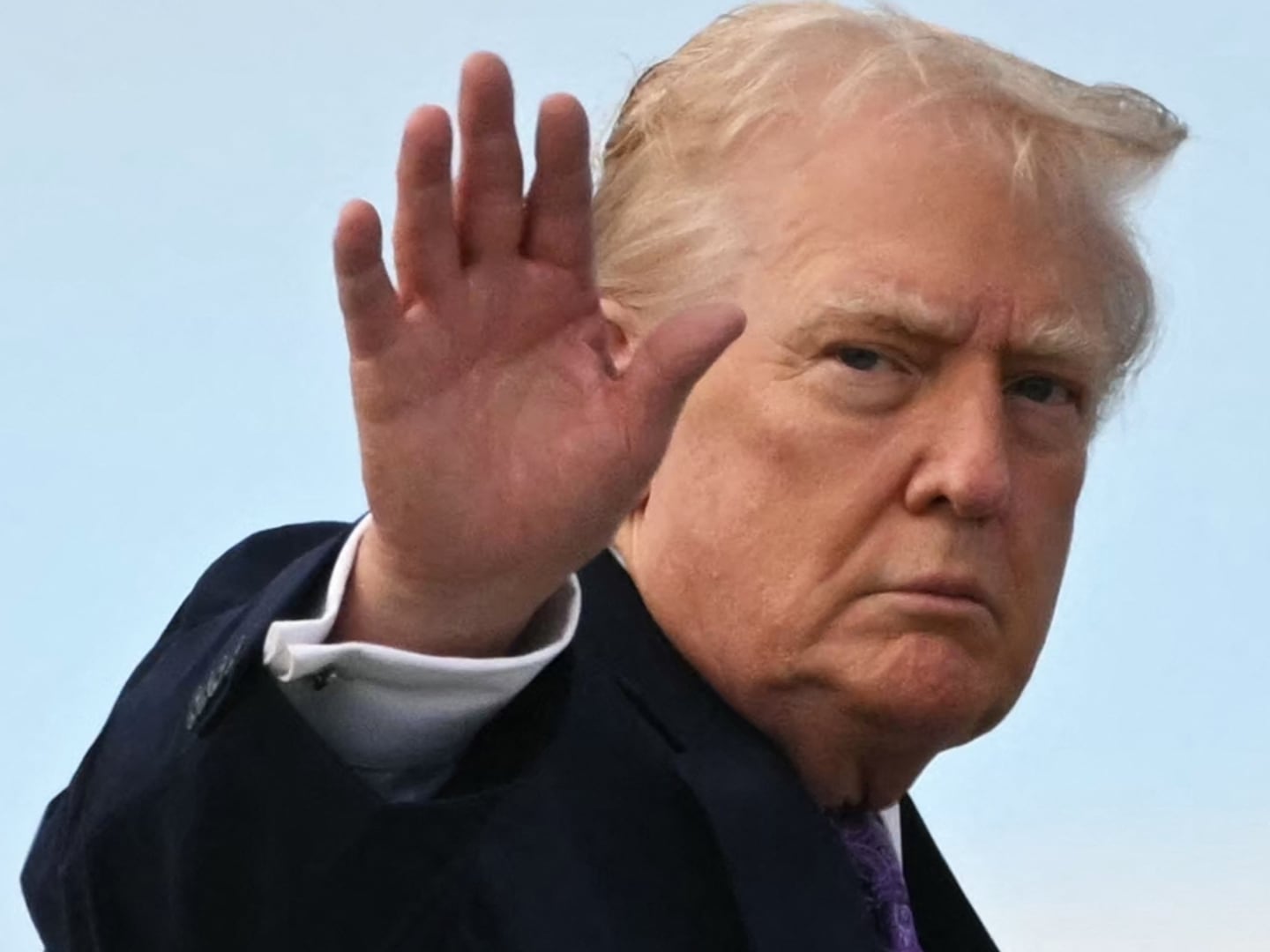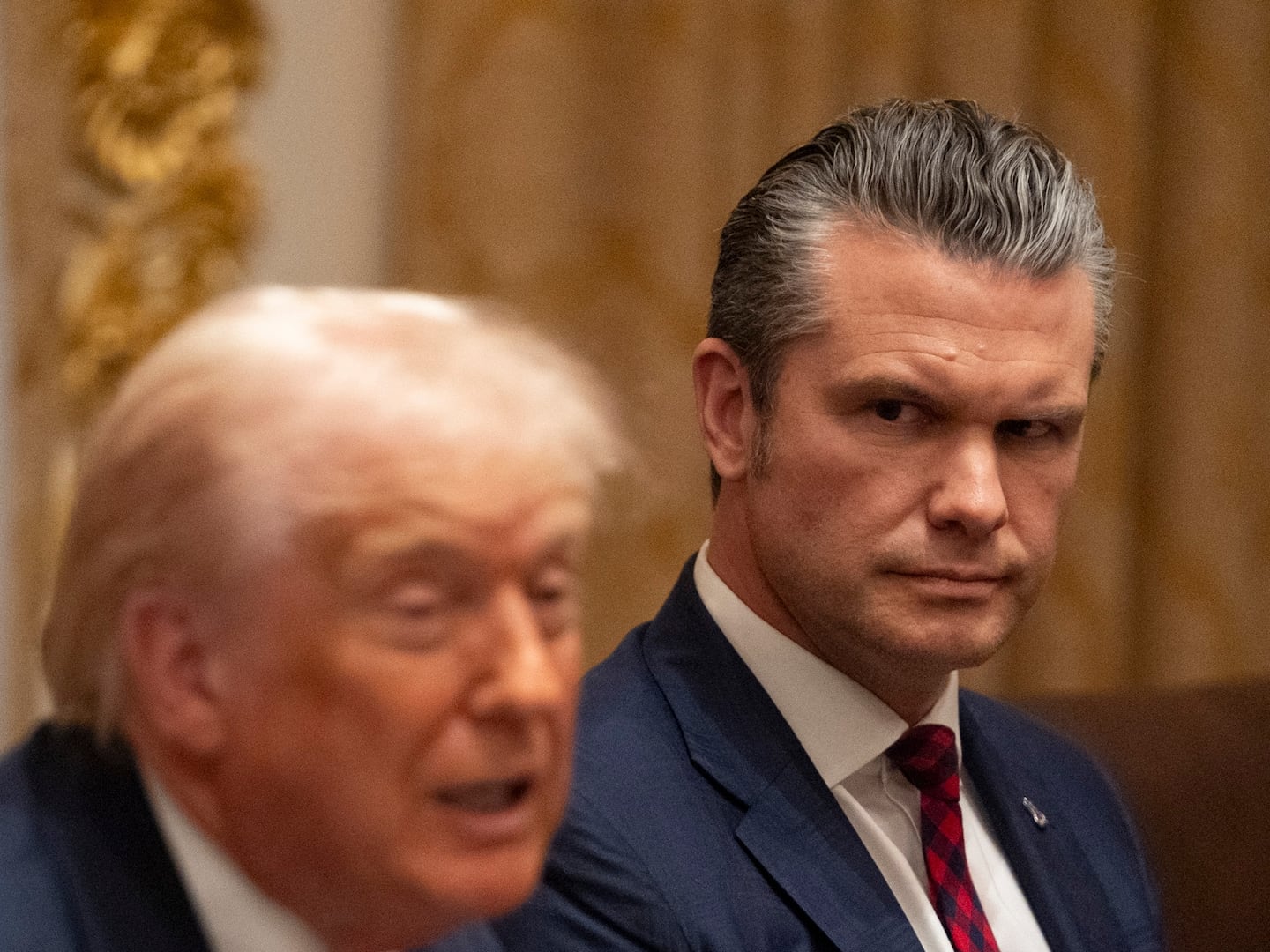In between the garishly green cans of Mountain Dew Baja Blast, the sea of energy drinks promising days of laser-focused attention and best-sellers like Coke and Pepsi, you can still often find a taste of local history.
Around the country, regional soda brands continue to offer a link back to supposed simpler times when choosing a soft drink wasn’t a 10-minute decision, and the only question was whether you wanted a straw.
But these brands aren’t just fossils from another generation that are kept around for posterity’s sake. These throwbacks hold their own against the competition in their respective communities.
And a hot summer afternoon is the perfect time to enjoy a frosty glass of one of these sodas. Look out for them while you’re on vacation or order them online. Here are five to try.
Waco, Texas, is the birthplace of Dr Pepper but natives know it’s also the motherland of Big Red, a curious ruby drink that has been described as effervescent bubble gum or cotton candy or both. Its origins are rather plain-Jane compared to its flavor and color: Concocted by two guys in a lab in 1937, it was originally dubbed Sun Tang Red Cream Soda. According to Texas Monthly, the name changed to its current catchier one about 20 years later, when the brand’s San Antonio bottling plant president overheard golf caddies referring to the drink as “Big Red.”
During World War I, the U.S. government urged Americans to ration their sugar intake. While that certainly posed a major problem for soda producers, it also caused some interesting industry innovations. For instance, the recipe for Cheerwine (which is actually alcohol-free and got its name from its bright red color), calls for almond oil. Not only did it allow the company to use less sugar, it gave the soda a cherry flavor. The brand’s slogan—“For health and for pleasure!”—was perhaps an exaggeration but the drink is still popular in North Carolina.
Green River Soda was introduced in 1919, which was just before the 18th Amendment went into effect prohibiting the manufacture, transportation and, of course, sale of alcohol. Looking for other drink options, Chicagoans replaced froth with fizz, filling old beer bottles with this local freakishly-green drink. In the ’50s, the lime-flavored ginger ale-ish concoction became the second-best-selling soda in the midwest. (It didn’t hurt that it was half the price of Coke.) And while the larger companies now dominate the area, as they do elsewhere in the country, Green River’s fans remains fiercely loyal, and sales have even doubled over the last decade.
If you spent time in northern New England, and particularly Maine, you know the bitter local soda Moxie. It may be the first soda to be bottled, but its original purpose was actually medicinal. In 1885, Dr. Augustin Thompson of Lowell, Massachusetts, wanted to create a cure-all that didn’t use cocaine (which was, of course, standard in many cola recipes at the time). He hit upon using gentian root, an herb used to alleviate digestive issues. Thompson launched his invention in 1885 and called it “Moxie Nerve Food.” The last two words were dropped at the turn of the century because, well, the government got stricter about what you could and could not claim on a label. The brand even enlisted star Red Sox baseball player Ted Williams to appear in ads, whose tagline was the catchy “Make Mine Moxie.”
Do you know Vernors Ginger Soda? Then you’re likely from or have visited Detroit. James Vernor was a local pharmacist who invented this impossibly effervescent take on ginger ale. As the story goes, he devised this beverage as a cure-all and was then called up to fight in the Civil War. Before he left, he stashed his precious concoction in an oak cask. Vernor and his soda both survived the war and the barrel-aging produced a delicious drink. He began selling it in his pharmacy in Detroit and his customers loved it. By 1898 it had won a diehard following throughout the city and its 1980s marketing slogan still rings true today: “It’s what we drink around here.”






